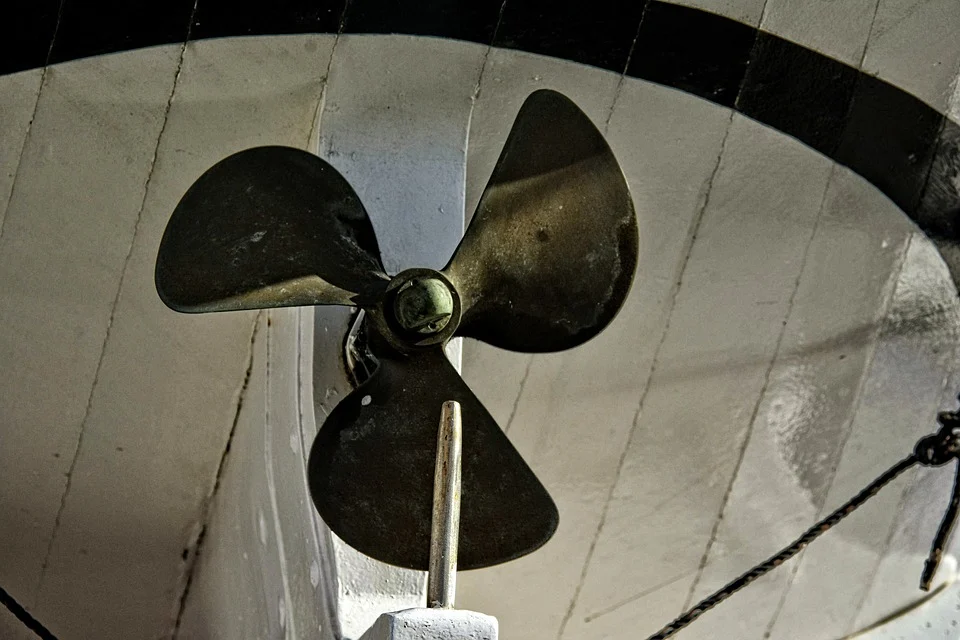How to Choose the Right Propeller Supplier

A propeller (or propeller blade) is a rotating shaft attached to an aircraft that generates thrust. The most common type of propeller used on an aircraft is the aluminum propeller. Most airplanes have at least two propellers on their tail, although most have up to 10 installed. Typically, an aluminum propeller is lightweight and flexible, making it easy to install, repair, or upgrade. Although propellers are primarily used as an emergency landing or take-off source, they can also be used for cosmetic purposes on an airplane.
In order to design a propeller for an airplane, an engineer will first need to decide what type of propeller will be most suitable. Currently, the most popular type of propeller is a fixed-pitch propeller. Fixed-pitch propellers are more stable, which helps to conserve energy during the take off and landing phases of an airplane's flight. There are currently three different designs used in fixed-pitch propellers - the knuckle, blade, and boom. Each of these designs has its own benefits, so depending upon an individual pilot's needs and preferences, each might be the most appropriate. Find out more info about Deep blue yacht supply on this site.
The knuckle propeller is designed in a very unique way. It features a series of curvature-shaped slots positioned along the outer edge of the propeller blade that resembling the lips of a smile. The slots create a lip that helps to push against the wing of the aircraft, creating lift. Because of the unique design of the knuckle propeller, it is also often used as a weight-saving measure.
Another popular design used in propellers is a four-blade system. These types of propellers typically feature a single blade that is perpendicular to the axis of the propeller. These propellers tend to be more stable, powerful, and easy to maintain than other types of propellers and are found in most fixed-pitch propeller arrangements.
Once a manufacturer has decided which type of propeller will best suit their specific application, it is time to move on to finding the right propeller supplier. The best way to make the choice is to ask questions to get a sense of how a prospective supplier will treat you as a customer. In addition to looking at the design and cost of the propeller, you should also inquire about the service schedule and how quickly they can deliver parts. Make sure you have a written quote from your supplier to review if you encounter any delays in the delivery of parts. When it comes to making a purchase through the internet, customer service should always be high on your list of priorities. Discover more info about these outboard propellers on this website.
When selecting a propeller supplier, the cheapest option may not always be the best. To avoid paying too much for parts or for labor, always do some research before making a final decision. You may want to consider purchasing your parts online so that you can avoid shipping costs and handling fees. If the propeller supplier has a website, use it to compare prices and styles from several different suppliers. This will allow you to see what each company can offer you and help you determine which will be the best option for your particular application. When it comes to selecting a quality propeller supplier, it pays to shop around and to seek professional advice before finalizing your order. Check out this related post to get more enlightened on the topic: https://www.youtube.com/watch?v=1fIlTbYfyxo.
